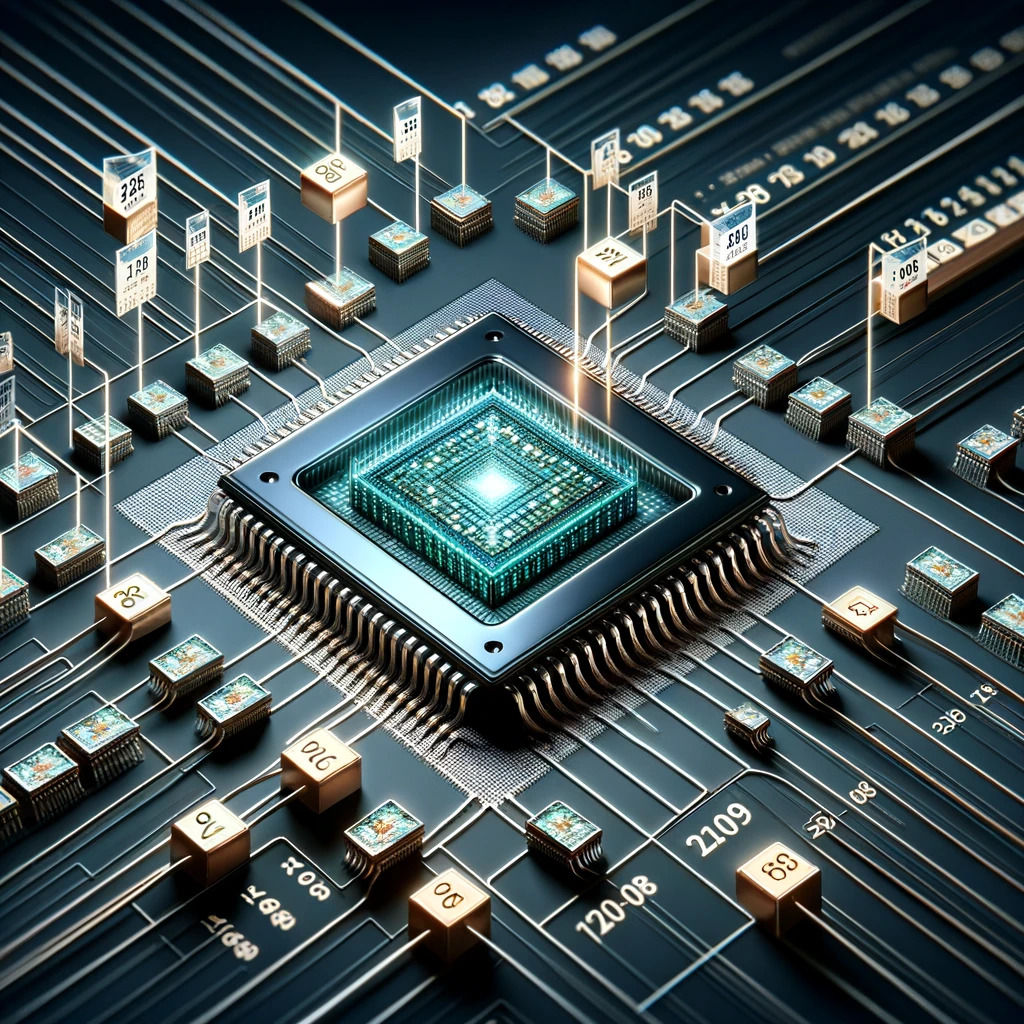Moore’s Law is a famous idea in the tech world, which simply means that the power of computer chips tends to double every two years because we can fit twice as many transistors on them. Understanding how far this can go is crucial, as it shows us what we can expect from future gadgets and computers. We’re going to take a look at how Moore’s Law came about, where things stand now, and what might come next. We’ll also think about what this all means for the future of computers and related tech.
Breaking Down the Limits of Moore’s Law
Moore’s Law has been a rule of thumb since 1965, driving the computer revolution. But there are physical limits to how small transistors, which are the building blocks of chips, can get. As we cram more on a chip, it gets bigger and hotter, which can be a problem. Also, the faster the transistors, the more power they need and the more noise they make. And of course, making chips with lots of transistors gets expensive. All these things are becoming more noticeable as we push the limits of technology, suggesting that Moore’s Law might hit a wall at some point.
The Effect of Moore’s Law on Computer Performance
Moore’s Law has been a game-changer for computers. It’s why we’ve seen such incredible improvements in how fast and powerful they are. This progress has given us better processors, more memory, and amazing graphics. It’s also why devices like smartphones and tablets have become so good that they can do many of the same things as bigger computers. Cloud computing has also boomed thanks to Moore’s Law, making it cheaper and easier for businesses to handle their IT needs. And it’s opened the door to big advancements in artificial intelligence and machine learning, with computers now able to handle huge amounts of data and tackle really complex problems.
Moore’s Law and the Economy
Moore’s Law has been a big deal for the economy, too. It’s made tech companies a lot of money by letting them build better stuff for cheaper, which means more products and more competition. It’s also led to entirely new products and industries, creating jobs and making companies more profitable. All of this has helped the economy grow and has changed how businesses operate.
The Tech Hurdles in Keeping Up with Moore’s Law
Keeping up with Moore’s Law is getting tough. The smaller the transistors, the harder and more expensive they are to make. And there’s a point where they might not work as well or use too much power. Plus, designing these advanced chips is really complicated. As tech gets more advanced, these issues are going to be big hurdles for Moore’s Law to overcome.
